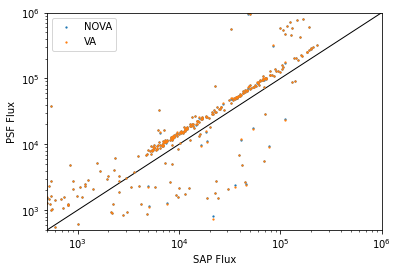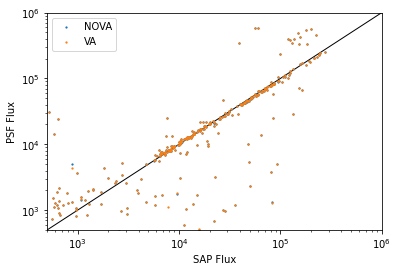-
Notifications
You must be signed in to change notification settings - Fork 5
Normalized Mean Model and PSF metrics #65
New issue
Have a question about this project? Sign up for a free GitHub account to open an issue and contact its maintainers and the community.
By clicking “Sign up for GitHub”, you agree to our terms of service and privacy statement. We’ll occasionally send you account related emails.
Already on GitHub? Sign in to your account
Conversation
Co-authored-by: Jorge Martínez-Palomera <[email protected]>
Co-authored-by: Jorge Martínez-Palomera <[email protected]>
 christinahedges
left a comment
christinahedges
left a comment
There was a problem hiding this comment.
Choose a reason for hiding this comment
The reason will be displayed to describe this comment to others. Learn more.
This looks very good! Let's add some tests that just check the metrics work and produce reasonable values? Especially the high resolution one would be good to test?
This reverts commit 846f17a.
|
@jorgemarpa I reverted these changes because it broke in ways that were hard to debug quickly, you'll need to reopen this pull request! |


This PR adds two new methods:
A hidden function to find the scale factor that normalized the mean model to sum 1 when sources are full in the TPF. It creates a high-resolution mean model and integrates the PSF using the trapezoidal rule, the integral is the rescale factor that is applied to the PSF weights. The method also has a diagnostic plot.
A visible method to compute PSF metrics such as:
source_psf_fractionamount of PSF in data, useful to determine if a source has total or partial flux data.perturbed_ratio_meanhow much the perturbed model deviates from the mean model for a given source, useful to find when the time model changes the mean value of the light curve. The expected value is 1.perturbed_stdhow much variability has the perturbed model in time, helps find when the time model introduces synthetic variability or features. A large value means a poor time model.Requires #63 to be merged first